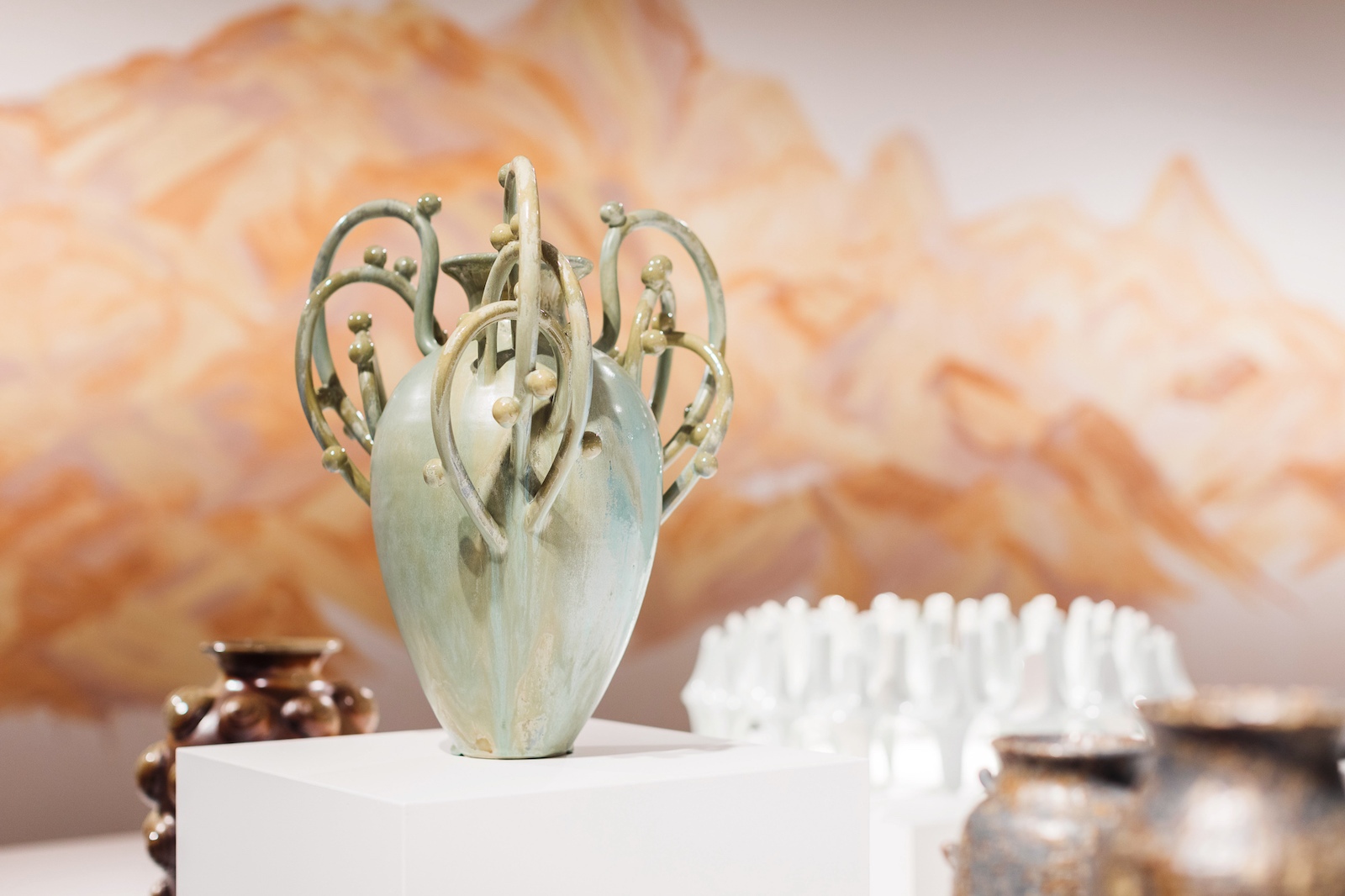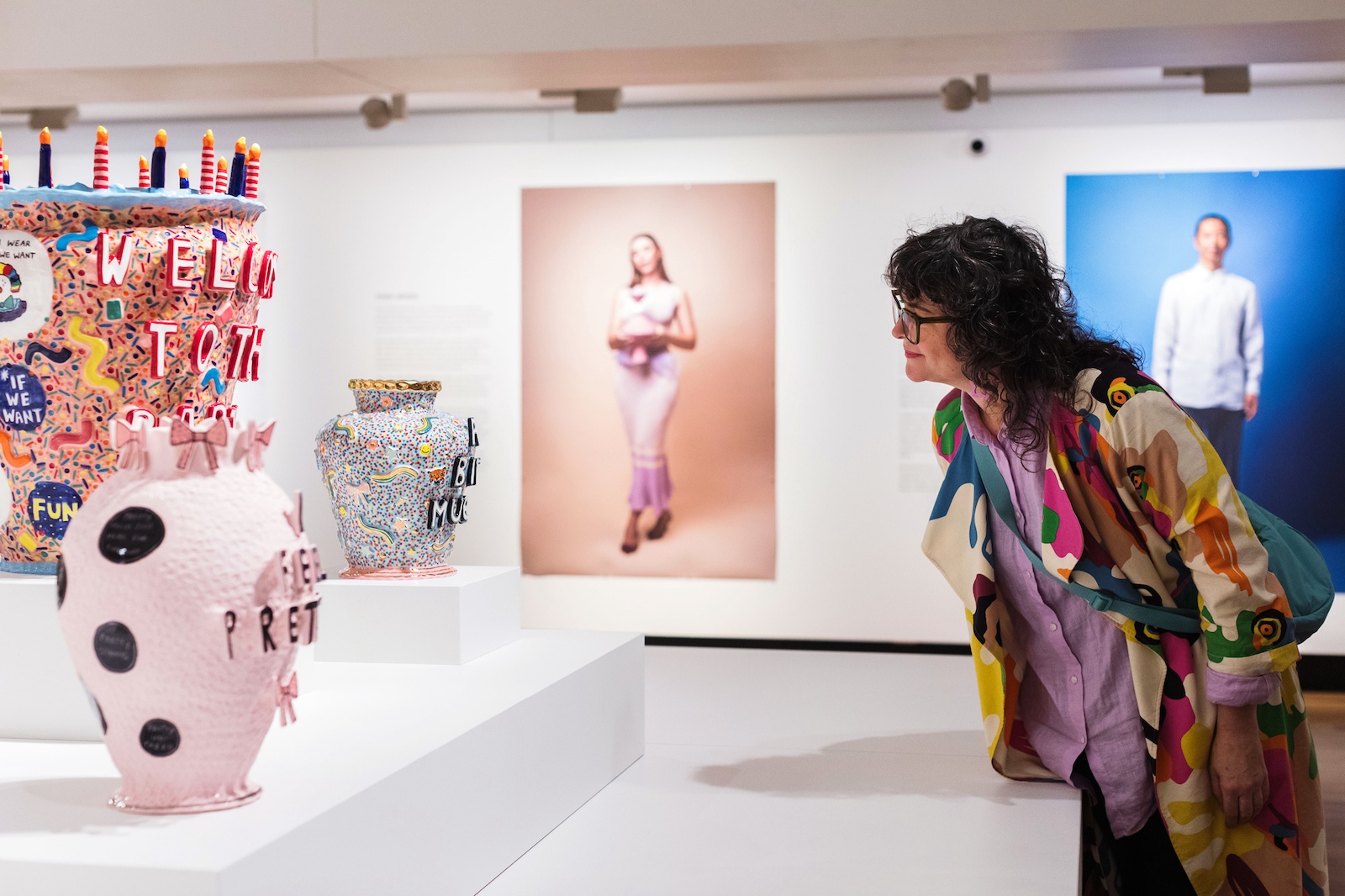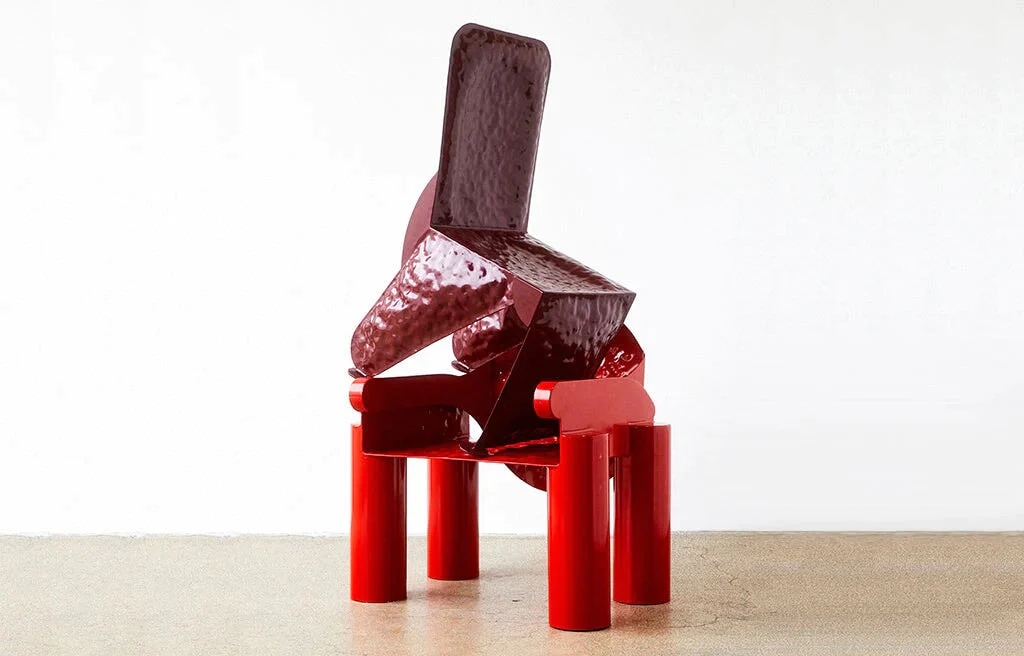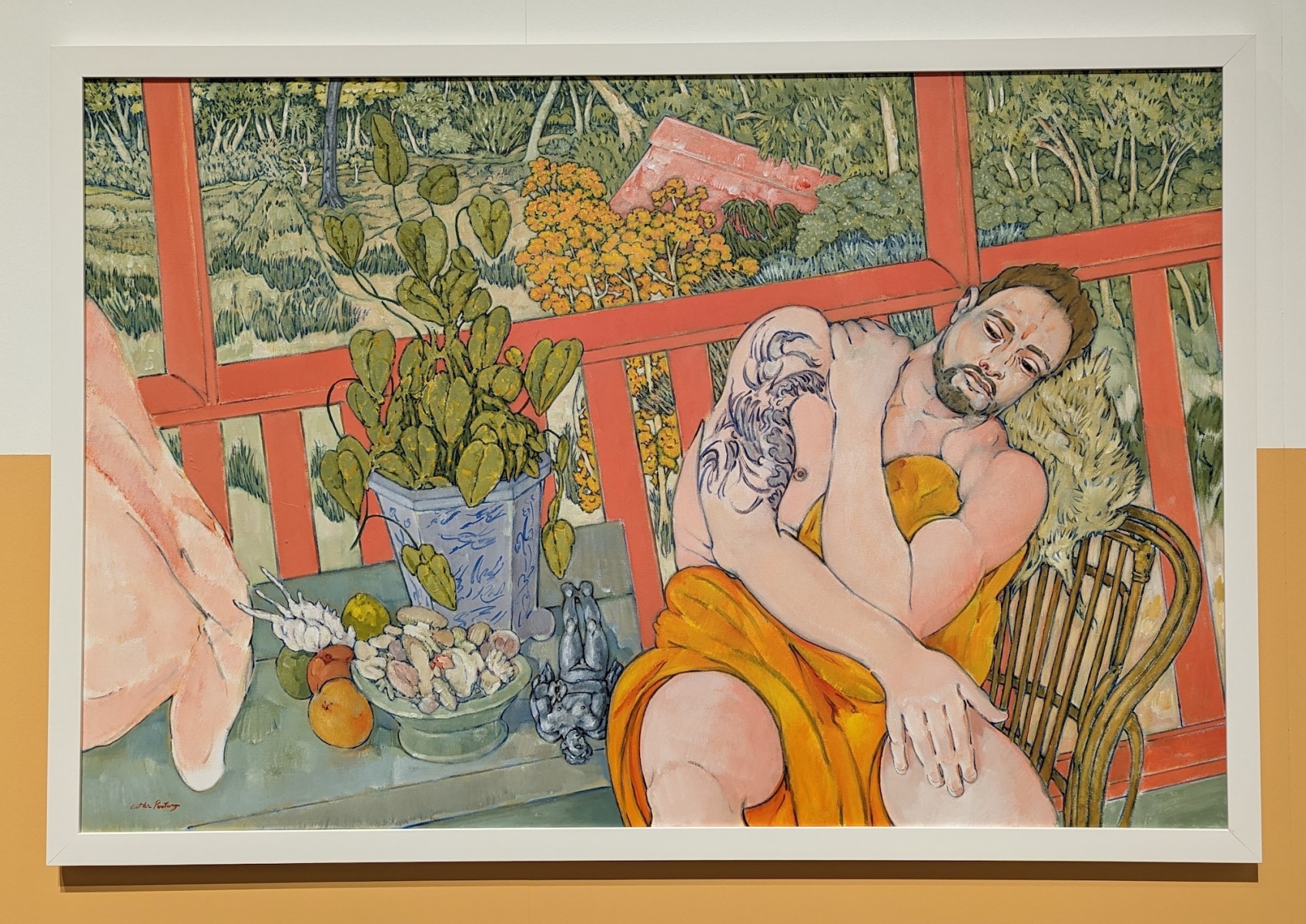Clay: Collected Ceramics is an exposition of the vibrant Brisbane ceramics scene. Works drawn from the Museum of Brisbane’s historical collection are juxtaposed with exciting contemporary pieces; these are further augmented with works from the extensive collection of Kylie Johnson of paper boat press as well as 300 pieces by the Brisbane ceramics community.
The exhibition begins in the 1960s when studio pottery emerged as part of a larger revival of crafts and the handmade. Celebrating natural materials, these earthy-toned works marry exceptional skills and artistry with utility. Artists such as Milton Moon, Carl McConnell, and Gwyn Hanssen Pigott were at the forefront of ceramics in Queensland, laying the foundations for many who followed. Rooted in the utilitarian, the artists experimented with different forms for vases, platters and cups, drawing inspiration from both natural and ancient history. Central to the display are Lyndal Moor’s two skilfully modelled works, hybrids of vases and busts, depicting ancient queens.
The legacy of these early artists is carried, along with the viewer, into a larger space by the work of Jody Rallah. The Yuggera/Yuggerabul, Biri/Bindal artist-in-residence explores her ancestral links to the land through works in clay. For this exhibition, Rallah created a wall piece from unfired clay. A landscape painted in clay, applied directly to the gallery wall, reflects her deep spiritual connection to the land. Echoing the earthy tones of the pioneering potters, the ephemerality of this work challenges traditional associations between pottery and utility, with chunks of drying clay literally falling off the wall onto the gallery floor.
The exhibition space opens to reveal a large central plinth on which contemporary works are displayed. Here visitors can linger and soak in the many details of the pieces, viewing them at close range and from all angles. These works shake off the legacy of useful, brown pottery, embracing oversized form and riotous colour. Candy-coloured works by Steph Woods embrace colour and kitsch. Lusciously textured to resemble weaving or knitting, her simple yet sensuous forms embrace the decorative. Moving away from the traditional vase, Woods uses paper clay, a friable material subject to deterioration even after firing. This focus on fun is similarly embraced by Bonnie Hislop. Unapologetic in their size and riotous decoration, Hislop’s works are exuberant. Like kids at a birthday party, her pieces are loud and proud, over-decorated and hopped up on red cordial. They subvert ceramic traditions, declaring “I FEEL PRETTY”, “WELCOME TO THE PARTY” and “A BIT MUCH”. With their robust construction they also eschew the delicate connotations of fine porcelain.
The traditional link between nature and ceramics is explored by the other three artists, however their forms and techniques continue to challenge these links. Embracing his Japanese heritage, Kenji Uranishi marries traditional Japanese porcelain techniques with references to the ecology of his adopted land of Australia. Interlocking forms in Between two worlds (2023) draw inspiration from the mangrove, a tree that adapts to and thrives in a challenging environment. Uranishi too has adapted to life in Australia, making work both beautifully delicate and strong. Formerly of South Africa, Jane du Rand also turned to ceramics to explore her new homeland. Bushwalking helped her to adapt to and connect with the land, and her ceramics reflect her discoveries. Her towering homage to the bush turkey features the bird’s iconic red neck and yellow chest offset against layers of intricately fabricated black feathers. Also finding her inspiration in the environment, Nicolette Johnson opts for more traditional, muted tones in her works. Voluptuous and expressive, Johnson’s vase-like constructions feature sinuous vine-like handles and protuberances reminiscent of fossils and bulbous shells.
The exhibition’s display of historical and contemporary ceramics is bookended by two collections: pieces from ceramicist and researcher Kylie Johnson’s personal collection and Commune, a collection of hundreds of works made by the community. Johnson’s work and extensive research in Australia and Japan has seen her amass a multifaceted collection of pieces. Both useful and whimsical, displayed en masse, the works convey the breadth of ceramics. The diversity of ceramics is echoed in the Commune display of ‘memory vessels.’ Ceramicists of all skill levels were invited to contribute a piece that invoked their concept of memory. The resulting display of works runs the gamut from traditional teacups and vases to abstract forms and pop culture references.
Bree Di Mattina is a PhD candidate, art historian, and writer from Meanjin/Brisbane. Di Mattina’s research focuses on the history of textile and fibre art in Australia from 1970 to present. Her writing encompasses Australian art, feminist art, and craft.








